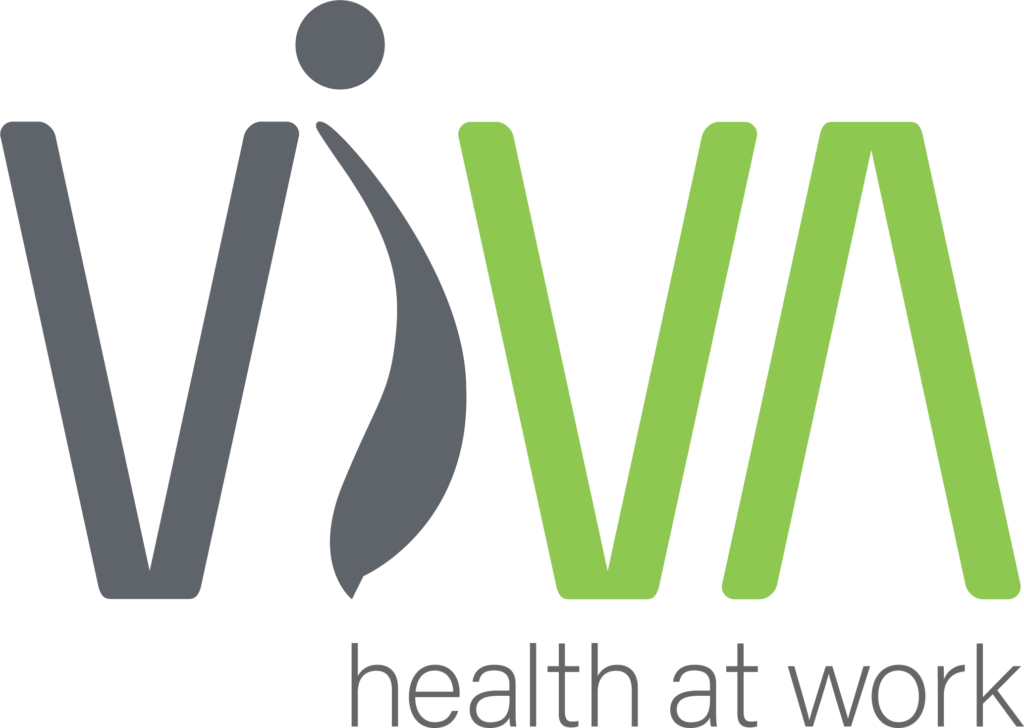It was my great pleasure to facilitate a roundtable discussion at the 8th Annual OHS Leaders Summit, 13/14 March 2019, Brisbane, QLD, with my colleague Molly Farmer, representing Humanscale. We presented Good Work Design: Design of Work for Well-Being. We discussed the types of work that can be provided to support wellness, well-being, and wholeness. We discussed a design concept, “Design for Diversity”, and features that could be embedded within this design concept to integrate the activity and measures of different business units. And this was particularly interesting:
When we asked delegates to nominate the driver of their last great idea, they said:
- 41%: “I wanted to solve a problem and no ready-made solution existed”
- 29%: “I was feeling jovial and creative”
- 17%: “I noticed that the task was being modified anyway (a “work-around”) and a better approach might exist”
- 13%: “I wanted to create new efficiencies”
Not one of these risk- and safety-based professionals indicated that a risk assessment drove their ideas-generation process (although that was an option to select when questioned). This was an argument in my thesis: standard safety management systems do not provide fertile ground for ideas-generation; the methods are necessary but not sufficient to support an effective good work design program involving task (re)design, a process of designing or re-designing meaningful tasks that advance a human-centred approach to work.
Question yourselves: If your organisation wants to sustain the initiatives of good work design, how will you create the conditions that enable creativity and innovation? How will you provide the level of psychological safety that fosters experimentation and ideas-generation?
[i] Pazell, S. (2018). Good work design: Strategies to embed human-centred design in organisations [published thesis]. Brisbane, QLD: University of Queensland, Sustainable Minerals Industry, Minerals Industry Safety Health Centre.
[ii] Safe Work Australia (2005). Principles of Good Work Design: A Work Health and Safety Handbook.
[iii] ISO27500:2016 The Human-centred organisation: Rationale and general principles. The International Organization for Standardization.
[iv] ISO27501:2019 The human-centred organisation: Guidance for managers. The International Organization for Standardization.
[v] Centers for Disease Control (CDC). (2016a). What is Total Worker Health®? CDC: NIOSH: (accessed 8 December 2016). https://www.cdc.gov/niosh/twh/
[vi] Pazell, S. (2018). Good work design: Strategies to embed human-centred design in organisations [published thesis]. Brisbane, QLD: University of Queensland, Sustainable Minerals Industry, Minerals Industry Safety Health Centre; definition adapted from Spirovski, V. [Valeria Spirovski]. (2018). Australian’s design capability gap, how it hurts organisations & how to avoid hiring the wrong people. LinkedIn article: https://www.linkedin.com/pulse/australias-design-capability-gap-how-hurts-avoid-hiring-spirovski/
[vii] Safe Work Australia (2005). Principles of Good Work Design: A Work Health and Safety Handbook.
[viii] Antonovsky, A. (1979). Health, Stress and Coping. San Francisco, CA: Josey-Bass.
[ix] Golembiewski, J. A. (2012). Salutogenic design: The neural basis for health promoting environments. World Health Design Scientific Review, 5(4), 62 – 68.
[x] Pazell, S. (2016). A novel way to hit the mark: Shifting the target from near miss to “NEAR RIGHTS”. LinkedIn article: https://www.linkedin.com/pulse/novel-way-hit-mark-shifting-target-from-near-miss-rights-sara-pazell/
[xi] Safety Institute of Australia (2012). The Core Body of Knowledge for Generalist OHS Professionals: OHS Book of Knowledge. http://www.ohsbok.org.au/wp-content/uploads/2013/12/1-Preliminaries.pdf?ce18fc
